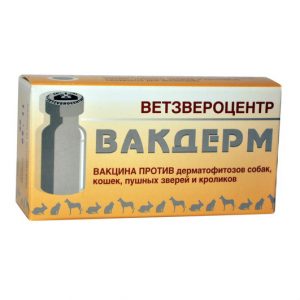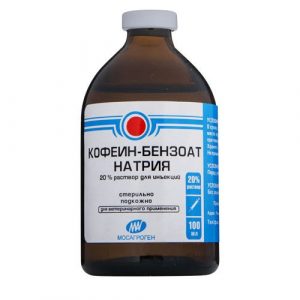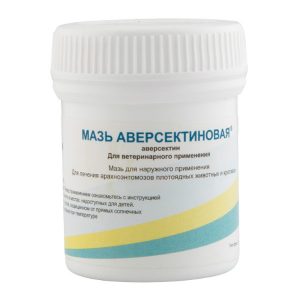Description
Pharmacological action
Calcium chloride plays an important role in the life of the body. It activates the reticulo-endothelial system and the leukocyte phagocytic function, increases the tone of sympathetic innervation, increases the secretion of adrenaline, and accelerates the production of many enzymes. Calcium ions are necessary for the reduction of skeletal muscles and heart muscles, the formation of bone tissue, blood coagulation. They condense the walls of blood vessels, thereby exhibiting anti-inflammatory effects and prevent the development of edema. Calcium is involved in the coagulation process, promotes the conversion of prothrombin to thrombin.
Indications
As an anti-inflammatory agent for pneumonia, pleurisy, peritonitis, toxic liver damage, parenchymal hepatitis, nephritis in radiation sickness, toxic pulmonary edema, hypertension and pulmonary edema, laryngeal edema, edema of piglets. As a hemostatic agent for nasal, gastrointestinal, pulmonary, uterine and postoperative bleeding. As a desensitizing agent for allergic diseases (asthma, serum sickness, skin itching, spotted horse disease, chronic urticaria in horses and cattle) and allergic complications after the use of drugs. As a means of calming and normalizing the nervous system during autonomic neurosis, eclampsia in dogs, acetonemia in cows, paralytic myoglobinuria in horses. In obstetric and gynecological practice with endometritis, metritis, to stimulate labor, to accelerate the separation of the delayed afterbirth in animals, to prevent abortion, during maternity paresis, postpartum hematuria in cows. The drug is used for hypotension and atony of the pancreas, hemorrhagic gastroenteritis, tetany of young animals to increase the level of calcium in the blood and relieve an attack of seizures, and is also prescribed as an antidote for poisoning with magnesium salts, oxalic acid, soluble salts of fluoride and oxalic acid, sodium chloride. The drug is part of anti-shock, blood substitution and nutrient fluids and solutions.
Contraindications
Do not enter subcutaneously or intramuscularly, as it causes severe irritation and tissue necrosis. Calcium chloride is contraindicated with a tendency to thrombosis, an increased content of calcium in the blood.
Special instructions
Livestock products after application of calcium chloride solution can be used without restrictions.
Composition
The drug is a clear, colorless liquid, contains calcium chloride water for injection.
Dosage and administration
The drug is administered intravenously, slowly. If, after an unsuccessful administration, part of it got subcutaneously, it is necessary to inject a large amount of an isotonic 0.9% sodium chloride solution around the injection site to prevent tissue necrosis. Maximum single doses (in ml per animal): Cattle – 150-400 ml. Horses – 100-300 ml. Small cattle – 10-30 ml. Pigs – 10-20 ml. Dogs – 5-15 ml. The dose volume and timing of use depend on the weight of the animal and the course of the disease.
Side effects of
At the recommended doses and with the correct route of administration, it does not cause side effects and complications in animals. With rapid administration, ventricular fibrillation may occur.
Storage conditions
In the manufacturer s packaging in a dry, dark place at a temperature of 0 to 25 ° Ñ.
Shelf life
10 years.
Active ingredient
Calcium chloride
dosage form ma
injection



